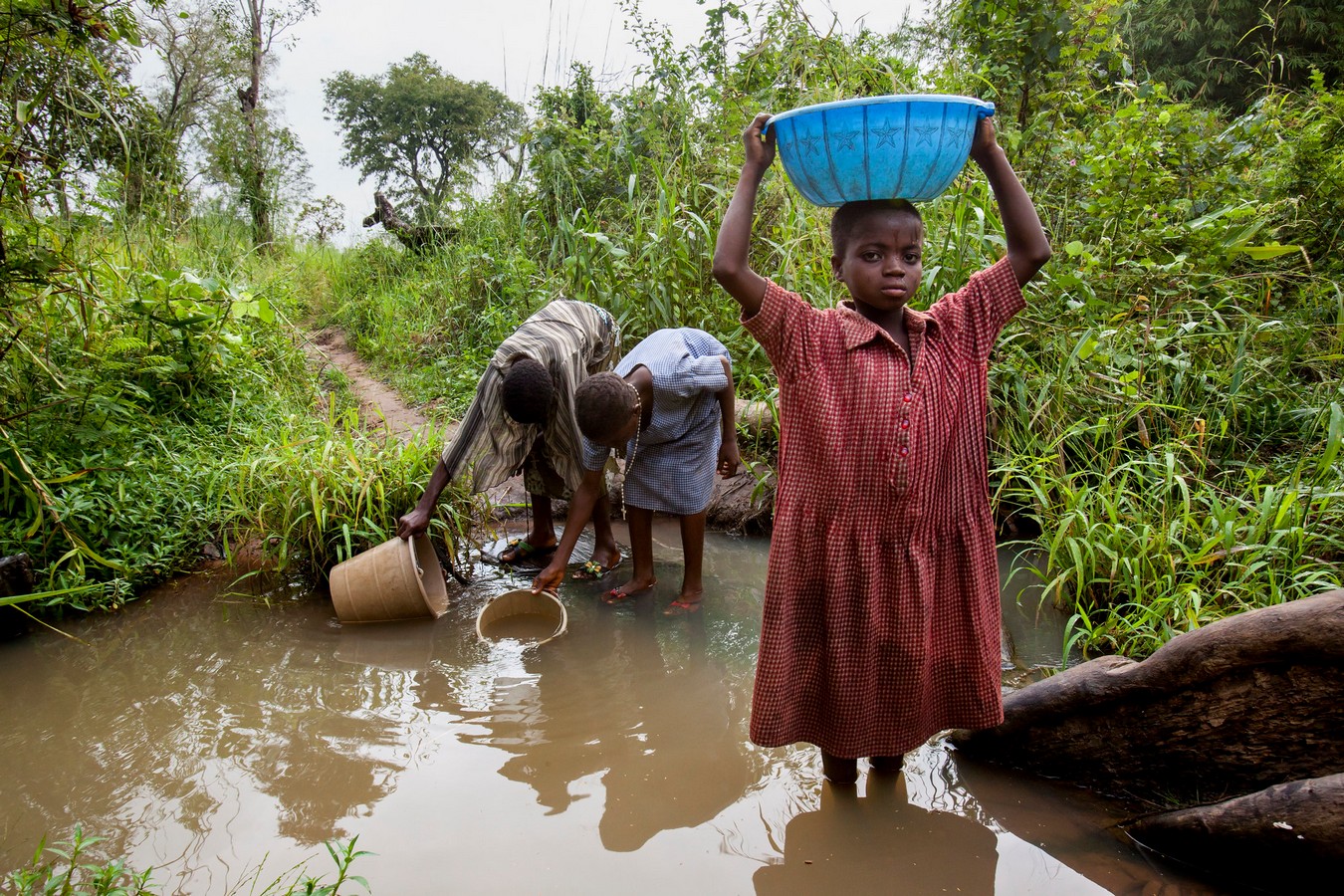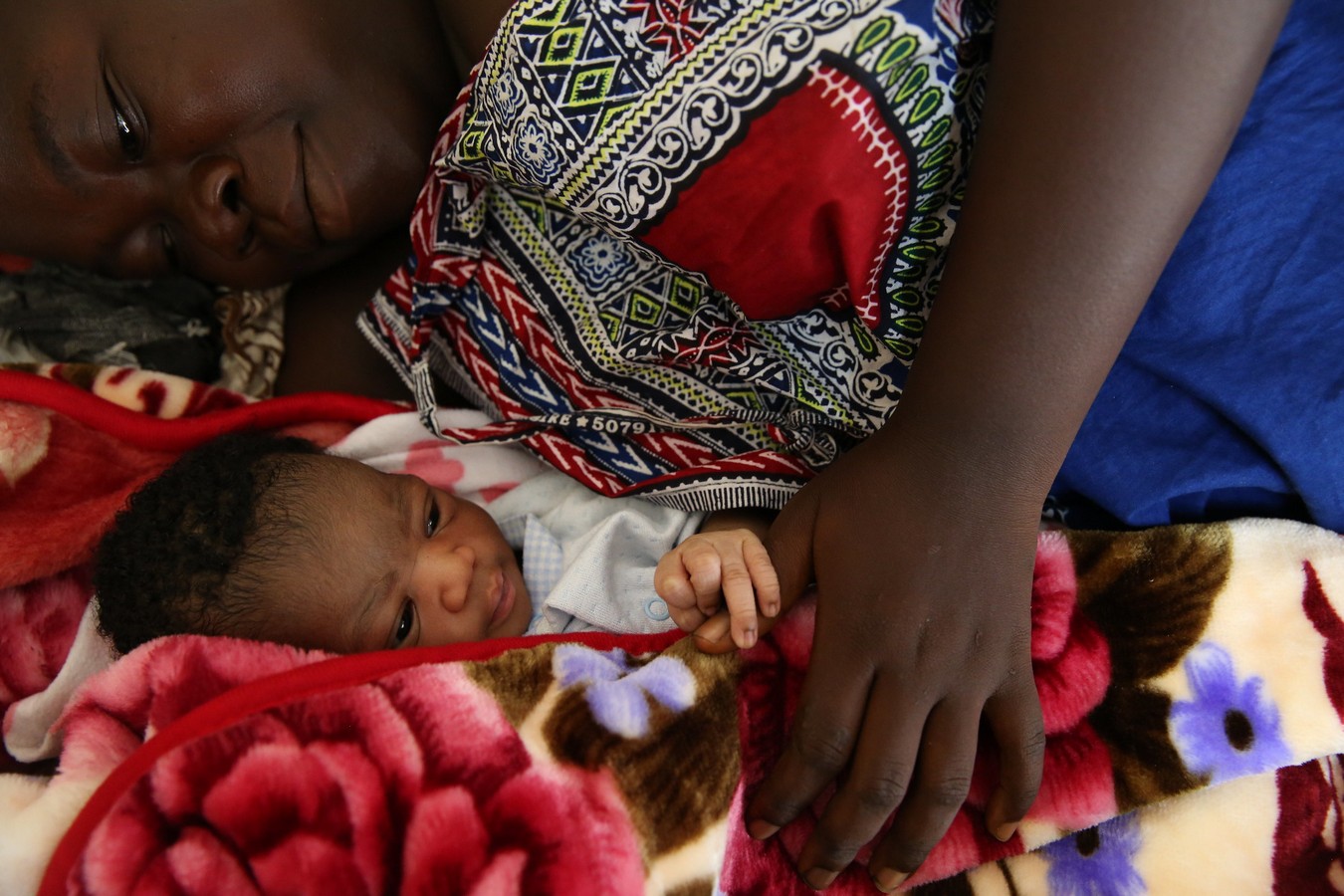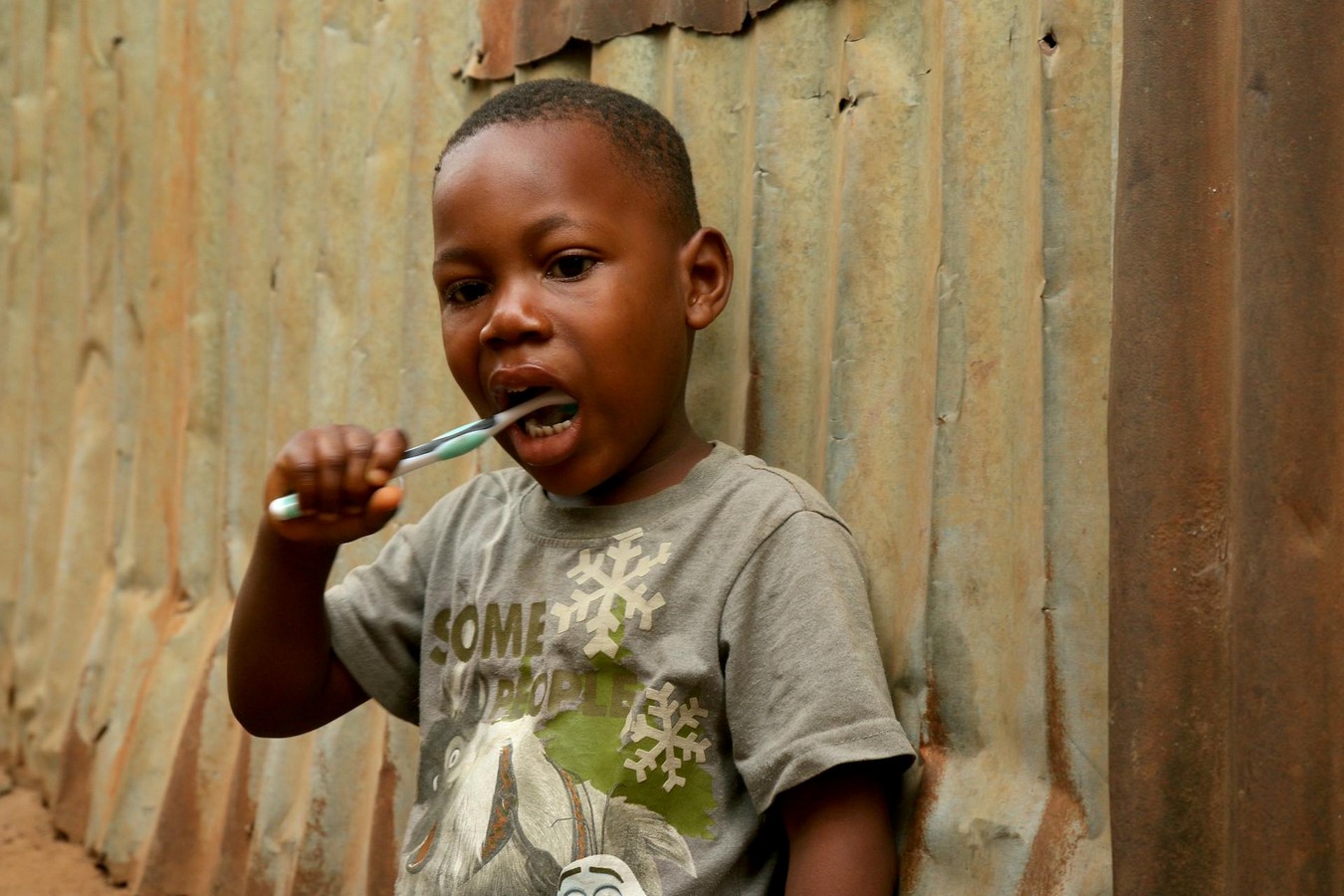Kono district, Sierra Leone, Africa
November 2024 – October 2025
We provide safe water to all critical areas of health facilities, including latrines for outpatients, handwashing stations, and waste management elements.
Objectives
- Ensure access to safe water, sanitation, and hygiene services and improve behavioral practices to reduce maternal, neonatal, and child mortality.
- Expand the maternity wards in health centres.
- Increase hygiene awareness among healthcare workers and patients
Beneficiaries
16.569 direct
4,560 people will benefit annually from access to clean water at the health facility. An additional 963 people use the extra public taps. An average of 320 people (students, teachers, and staff) use the water access at the school.
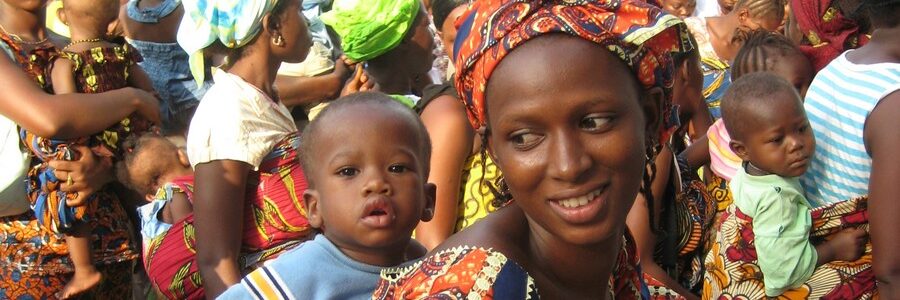
On the ground
Lack of Water, Sanitation, and Hygiene in Healthcare Facilities. High maternal and child morbidity and mortality rates due to inadequate infrastructure, waterborne diseases, and malnutrition. Limited knowledge of hygiene and health among a population with scarce resources.
Sierra Leone faces severe challenges accessing water, sanitation, and hygiene (WASH), particularly in healthcare centres. High maternal and child morbidity and mortality rates are largely due to inadequate facilities, waterborne diseases, and malnutrition. Additionally, limited knowledge of hygiene and health persists among communities with scarce resources.
The country has some of the worst WASH indicators worldwide. Approximately 900,000 people rely on surface water sources, over 1.4 million practice open defecation and six million still lack access to improved sanitation facilities.
This crisis significantly contributes to the spread of diarrheal diseases, acute respiratory infections (ARI), malnutrition, and parasitic infestations. It is also a major cause of infection transmission in healthcare facilities.
Maternal and child health is critically affected. Sierra Leone has the highest maternal mortality rate globally and one of the highest child mortality rates. For every 1,000 births, more than 13 mothers, 34 newborns, 82 infants, and 111 children under five years old die.
Foidu Mongor, Gbamadu, and Luama communities in Kono District are among the most vulnerable. Pregnant women, breastfeeding mothers, and other at-risk groups face immense challenges in accessing healthcare facilities. There is no functional WASH infrastructure to ensure sustainable services in critical care areas, such as latrines and handwashing stations for outpatients and maternity wards.
Furthermore, a shortage of healthcare personnel and poor road conditions make access to health centres even more difficult. The absence of hygiene promotion programs prevents the population from acquiring essential knowledge on vital health practices
In detail
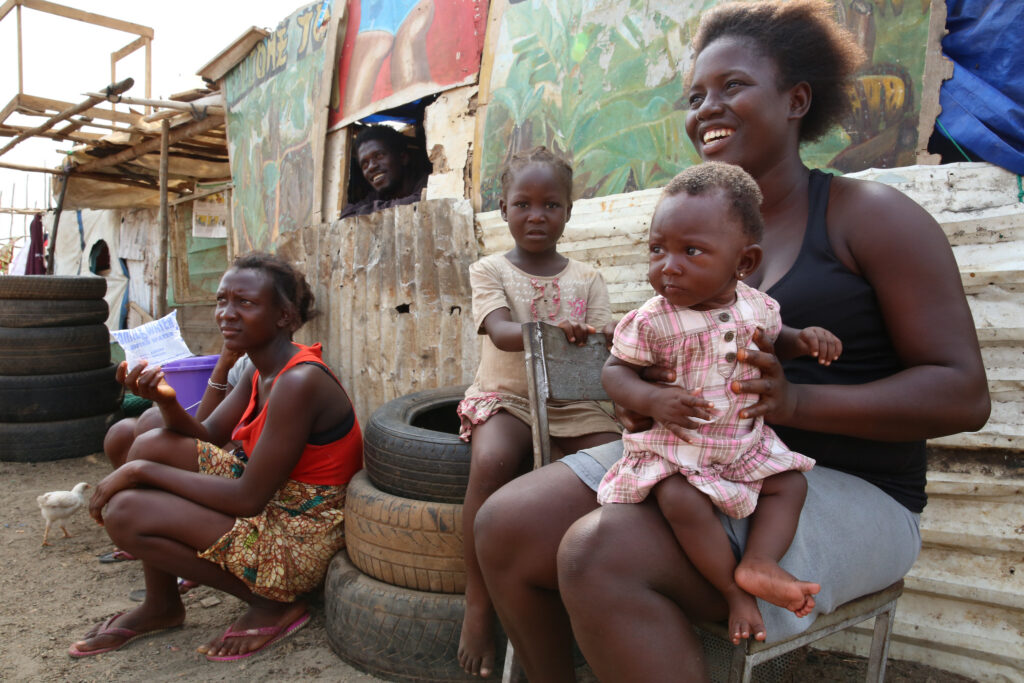
The project aligns with the overarching goal of the Government of Sierra Leone to improve the quality of healthcare services, address the causes of morbidity, and ensure that women and children not only survive but thrive and contribute to transforming their communities. Many of these communities have poor sanitation and hygiene practices and inadequate services.
The project’s activities are extensive and include well drilling, the installation of a water distribution system, and the necessary auxiliary works to operate the wells using solar energy, as well as the construction of latrines.
Our intervention also includes proper waste management through the separation of general and hazardous waste. This aims to reduce risks such as infections and water and air contamination, protecting both healthcare workers and local communities.
Key Actions Include:
- Drilling three wells with solar-powered pumps to address water shortages among patients, healthcare workers, and users of the health centres.
- To construct three improved latrines accessible to people with disabilities and gender-segregated, with facilities for menstrual hygiene.
- Building ash pits, sharps waste pits, placenta pits, and incinerators to improve healthcare waste management.
- Expanding the maternity ward to enhance maternal and neonatal health and providing materials for infection prevention and control.
This action follows the SBCC (Social and Behavioral Change Communication) approach, adopted by the WHO and UNICEF. This approach addresses sociocultural norms, attitudes, beliefs, and negative practices. This model promotes community participation to manage the factors influencing behaviour change related to water, sanitation, and hygiene. Additionally, it improves the quality of interactions between patients and healthcare providers, strengthening the bonds between communities and health facilities.
Furthermore, the CVA7 model, developed by World Vision, will be implemented to strengthen accountability and community participation in development projects, particularly in water, sanitation, hygiene, health, and education. This model tackles the structural causes of poverty, vulnerability, gender exclusion, inequality, and poor governance. Its application will promote community advocacy and accountability about SBCC.
A key action in the project is the creation of monitoring committees formed by community members who will lead the planning and implementation of specific activities.
The project actively involves local authorities from the chiefdoms, the Kono District Council, and the District Health Management Team (DHMT). It is developed in close collaboration with the Sierra Leone Ministry of Water Resources and Sanitation. This ensures that all interventions comply with national guidelines, especially regarding water quality testing and sanitation regulations.cionales, especialmente en cuanto a pruebas de calidad del agua y regulaciones sanitarias.
Prospectives for Sustainability
Financial sustainability is ensured by the communities themselves, who play a key role in maintaining the infrastructure. Community management structures will manage and administer investments, such as health facility and water management committees.
Moreover, community participation ensures institutional sustainability, allowing people to have a voice and vote in decision-making whenever possible. The main custodians of the infrastructure are key community actors (youth groups, women’s groups, chiefs, religious leaders, and people with disabilities), organized into Facility Management Committees tasked with overseeing the daily management of all activities and infrastructure within the health center.
To ensure environmental sustainability, Environmental Impact Assessments (EIAs) are carried out before drilling water points or developing gravity-fed water systems. These assessments help identify potential negative environmental impacts and define appropriate mitigation measures.
After drilling the aquifer, a pump test is conducted with a minimum duration of 8 hours and a maximum of 15 hours to assess the water flow rate (liters per second). This test is essential to ensure a stable water supply throughout the year.
The project’s key component is training local district water committees. Through this training, communities gain knowledge of environmental risks, mitigation strategies, and the importance of communication around climate change and adaptation strategies.
The solar-powered mechanized well has been selected for its technological accessibility and durability, estimated to last between 15 and 20 years. Although some materials are not produced locally, spare parts and equipment are available in national markets due to the presence of organizations and partners dedicated to well drilling within the country.
The project also emphasises the inclusion of vulnerable groups, such as women, children, and people with disabilities, ensuring that their needs are identified and addressed. Key elements such as the provision of menstrual hygiene, the construction of accessible latrines, and equitable access to clean water reinforce the commitment to ensuring that these groups play an active role in the project’s sustainability, both during its implementation and in the long term.


